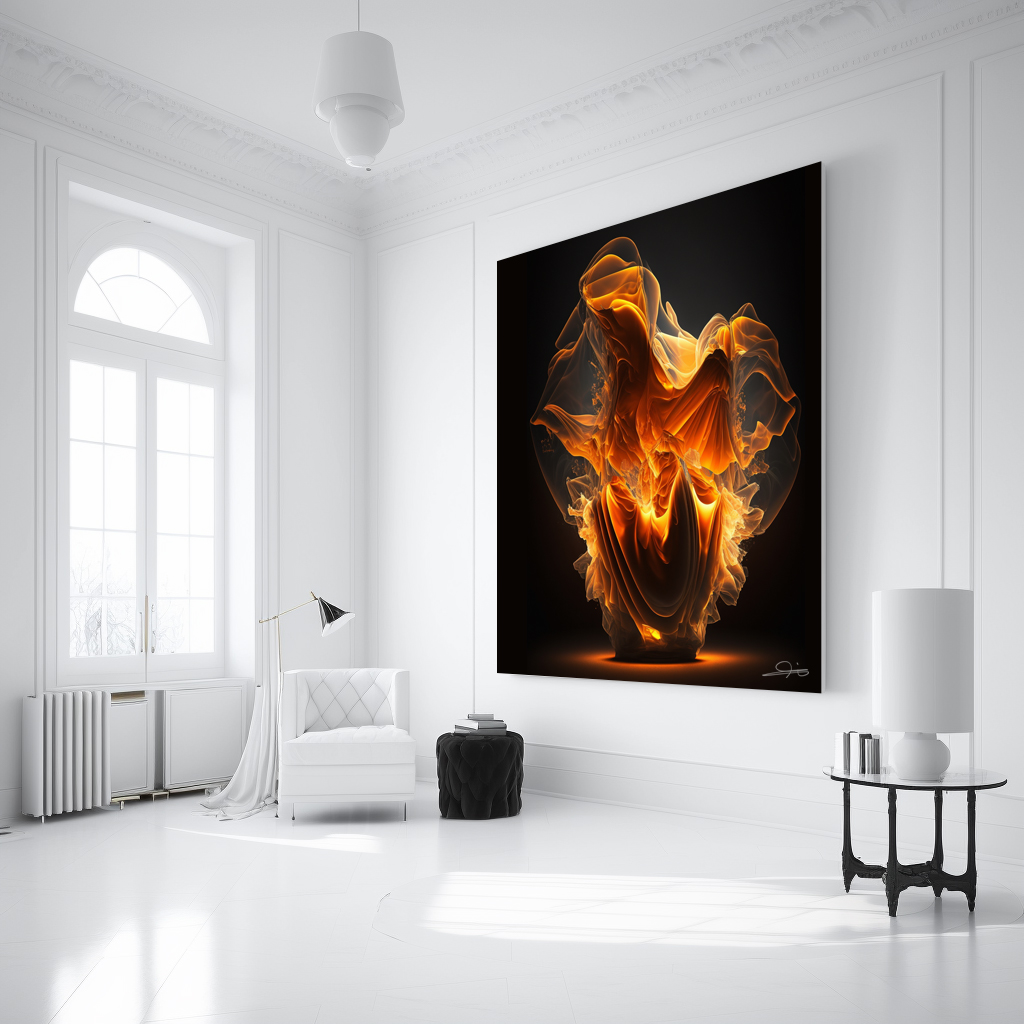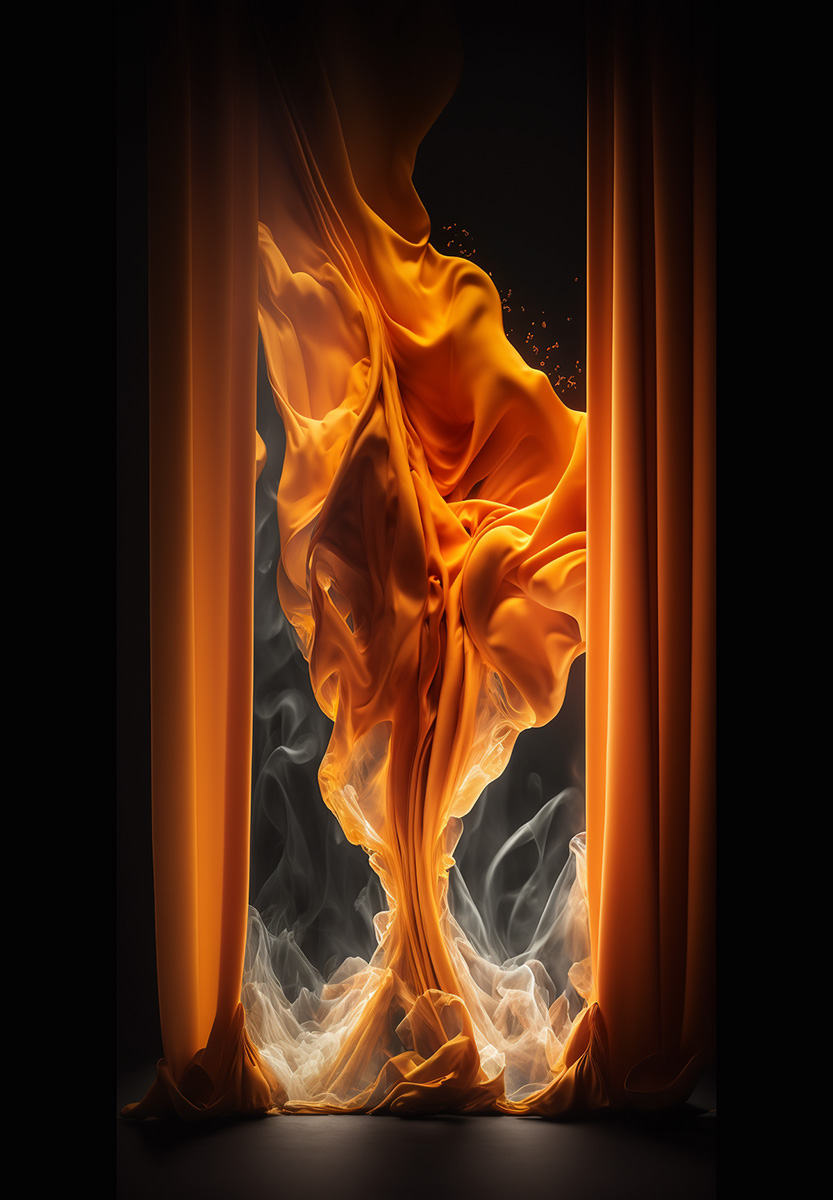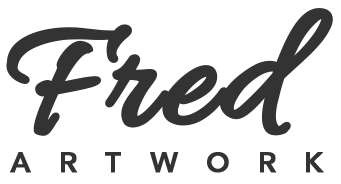
digital art
Digital art is a relatively recent field in the history of art, which began to emerge in the 1960s with the advent of computers and digital technologies. However, the use of technology in art goes back much further.
In the 1950s, artists began to explore the possibilities of technology to create works of art, especially with the arrival of photography and video. In the 1960s, computers began to be used to create works of art using specially designed software.
The first computer used to create a work of art was the Whirlwind I, a computer created in 1951 for MIT. In 1963, the first computer program used to create graphics was developed by American artist Kenneth Knowlton, who created images using punched cards.
In the 1970s and 1980s, the use of computers for art grew with the appearance of new graphics and animation software, such as the vector drawing software Adobe Illustrator in 1987. With the Internet boom in the 1990s, artists began to use social networks and websites to showcase their artwork online.
Since then, digital art has become a thriving field, with many artists working exclusively in this field and numerous exhibitions, festivals and art galleries dedicated to digital art.
digital painting
Unlike traditional painting, which uses physical brushes and pigments, digital painting offers artists a palette of virtual tools and a wide variety of creative techniques.
Here is some information about digital painting:
Artists typically use graphic design software, such as Adobe Photoshop, Corel Painter, Procreate, Krita, or Clip Studio Paint, to create digital paintings. They also use graphics tablets, which are pressure-sensitive input devices, to simulate the feeling of drawing with a pencil or paintbrush.
Digital painting offers many advantages over traditional painting. It allows great flexibility and offers the ability to modify and correct errors easily. Colors can be mixed and changed instantly, and the different layers can be manipulated individually. Additionally, digital painting does not require a physical workspace and provides the ability to easily save and share digital artwork.
The techniques used in digital painting are similar to those of traditional painting. Artists use virtual brushes to apply colors, create textures, and light and shadow effects. They can also use blending tools to achieve smooth transitions between colors. Some artists also use traditional painting techniques, such as watercolor or oil, simulating them with virtual brushes.
Digital painting offers a wide variety of styles and creative possibilities. Artists can create realistic, abstract, fantasy, or stylized artwork. They can experiment with special effects, complex compositions, varied textures and unique painting techniques. In addition, digital painting makes it possible to explore mixed media by combining elements of drawing, painting and photography in the same work.
Digital painting has become increasingly popular with artists, illustrators, graphic designers and digital art enthusiasts. It is used in many fields such as illustration, comics, animation, video game design and character design. Artists can also sell their digital artwork online, print it on physical media, or use it in multimedia projects.

